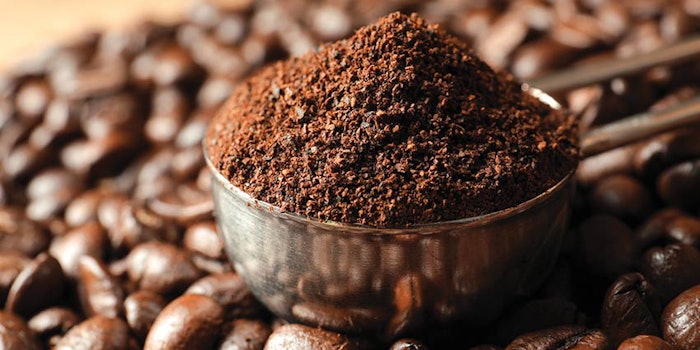
Sustainability: the latest buzz word. From fair trade sourcing to single-use plastics, the environmental, economic and health impacts of retail products are under growing scrutiny. When it comes to what they put into and onto their bodies, consumers are increasingly demanding greater responsibility and transparency from both businesses and governments. People, planet and profit are hot on the agenda as impacts from climate change, overstretched natural resources and the swelling global population are reaching untenable limits. These hot topics are becoming immovable front-page news with the need for decisive action becoming ever more immediate and absolute.
With influence from corporate giants like Paul Polman, former Unilever chief executive, calling for businesses to champion the UN Sustainable Development Goals, through to 15-year-old Greta Thunberg organizing the global school strike for climate, momentum is reaching all corners of the globe at a rate hereto unseen. As Polman has said, “it is time to move from ‘CSR’—corporate social responsibility—to ‘RSC’—responsible, social corporations. Frankly, the citizens of this world are demanding this. ‘Less bad’, which is still the CSR camp, is simply not good enough anymore.”a
Businesses big and small are responding to this consumer demand for greater sustainability, examining their supply chains, production, facilities and policies to create effective, impactful solutions to satisfy all stakeholders. Plastics are being reimagined, alternative energies are being deployed, chemical and synthetic ingredients are being pushed aside for fair trade, natural and organic options to take the lead.
But what about the waste output? According to the World Bank, currently we generate more than 2 billion tons of municipal solid waste globally each year, with projections reaching 3.4 billion tons by 2050.b Almost 40% of that waste is disposed of in landfills where it generates harmful greenhouse gas emissions, such as methane, contributing to climate change.c
Our Daily Cup of Joe… Where Does it All Go?
Let’s take, for example, coffee—the ubiquitous drink that transcends all political and geographical boundaries, bringing the world’s morning warriors and late-night laborers together in a ritual daily sigh of caffeinated relief. The world’s population drinks more than 2.25 billion cups of coffee every day. Coffee consumption in the United States alone accounted for 26.5 million 60 kg bags last year,d and the United States is down at 26th in the list of the world’s biggest coffee consumers per capita (Nordic countries top the charts).e With an estimated average of 11 grams of fresh ground coffee going into each cup, a staggering 9 million tons of ground coffee are brewed every year, resulting in an estimated 18 million tons of wet, waste coffee grounds. But once the coffee’s been poured what happens to all those spent grounds?
Typically, spent coffee grounds are dumped in with general waste and sent to landfill where they emit methane—a greenhouse gas 34 times more potent than carbon dioxide and one of the primary causes of global warming.f
A joint investigation led by bio-bean in partnership with University College London in the UK has found that some constituents of spent coffee grounds, if left to degrade, can have a particularly detrimental impact on not only the environment by way of greenhouse gas emissions, but also existing, widely-used organic waste handling systems, such as anaerobic digestion (AD). Coffee contains thousands of trace level volatile organic compounds, including pyridines, which have been shown to inhibit biomethane production in AD. As a result, and with greater awareness of organics recycling and available feedstocks, AD plants prefer not to accept spent coffee, resulting in ever-increasing volumes of waste coffee grounds going straight to landfill.
Furthermore, when grounds are dumped into general waste, any incidence of landfill leachate can lead to pyridines reaching water streams and acting as a toxin to some marine bacteria.g
This level of detrimental waste alone is a calamity. Throwing away spent coffee grounds is a superfluous act of consumption that perfectly demonstrates the one-size-fits-all take, make, dispose approach of our current linear economic structure. As we take a closer look at this material we’re treating as waste and examine what we’re really throwing away in those grounds, we find a sustainable resource that has long been overlooked.
Sure, low volumes of spent coffee grounds can be great for fertilizing domestic gardens, but until the past few years, spent coffee grounds have been largely overlooked as a valid, sustainable resource on an industrial scale. And as the world’s coffee drinking habit is unlikely to wane, it’s time we consider this consistent, readily available material as an alternative to the status quo.











